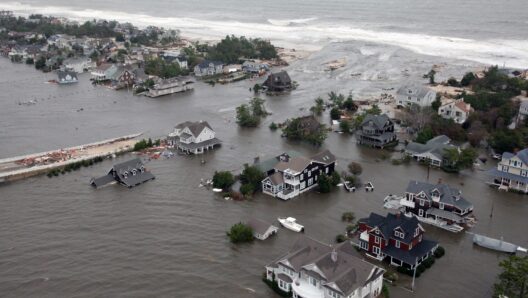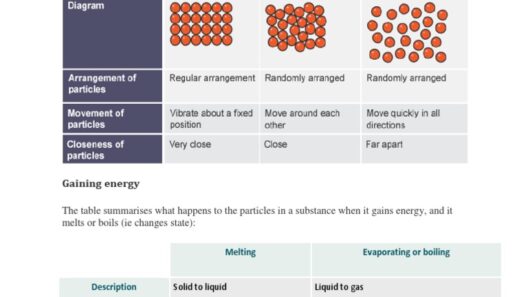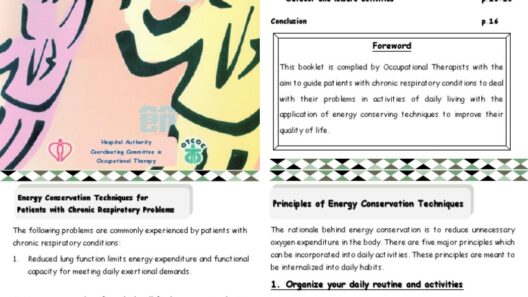In an era characterized by an acute awareness of environmental challenges, the question of how to conserve energy in transportation becomes paramount. The transportation sector is a significant contributor to greenhouse gas emissions and energy consumption worldwide. Thus, adopting innovative strategies and embracing a paradigm shift in our mobility choices is essential for a sustainable future. From individual actions to systemic changes, the spectrum of energy conservation in transportation offers diverse opportunities for impact. This exploration will delve into various methodologies, technological advancements, and behavioral shifts that collectively embody a commitment to reducing energy footprints in transit.
First, consider the potential of active transportation. Walking and cycling are not merely alternatives; they epitomize energy conservation in its purest form. These modes of transport are inherently low-impact, requiring no fossil fuels and minimal infrastructure. Expanding bike lanes and pedestrian pathways, facilitating safe routes, and promoting community initiatives can incite a paradigm shift towards a culture of active commuting. Moreover, cities that prioritize active transportation not only reduce vehicular emissions but also foster healthier lifestyles. Imagine bustling neighborhoods where the rhythmic sounds of footsteps and the whir of bicycle tires supplant the incessant roar of engines.
In conjunction with active transportation, public transit systems represent an indispensable cog in the machinery of energy conservation. Utilizing trains, buses, and trams can significantly lessen individual carbon footprints. Moreover, these shared systems inherently optimize energy consumption per capita. Expanding and improving public transportation infrastructure should be a strategic priority. Enhanced frequency, reliability, and availability can mitigate the allure of private car ownership. As cities strive for equitable access, communities benefit from increased mobility options while contributing to a collective reduction in emissions. Additionally, public transit utilization inherently decentralizes urban congestion, birthing a sustainable urban ecosystem.
Furthermore, the electrification of transportation introduces a transformative pathway towards energy conservation. Electric vehicles (EVs) have gained traction as a viable alternative to their internal combustion counterparts. Although the initial investment may be steep, the operational cost of EVs is typically lower, thanks to reduced fuel expenses and maintenance costs. Coupled with advances in renewable energy generation and innovative charging infrastructure, EVs can operate with a significantly lower carbon footprint than traditional vehicles. The prospect of powering cars with solar or wind energy elevates this paradigm even further. As charging networks proliferate, mainstream acceptance of EVs will burgeon. Society can anticipate a future where clean energy propels our commuting experiences.
Equally important is the optimization of vehicle efficiency. Today’s automotive advancements focus on weight reduction, aerodynamics, and enhanced fuel economy. Technological innovations, such as hybrids and plug-in hybrids, represent a critical juncture in reducing energy consumption. Hybrid vehicles adeptly switch between electric and gasoline power, affirming their duality in energy sourcing. Furthermore, autonomous driving technology may play a pivotal role in alleviating inefficiencies associated with human driving. By minimizing sudden accelerations and optimizing routes, these vehicles not only conserve energy but also mitigate traffic congestion, presenting an intriguing avenue for future exploration.
Carpooling and ride-sharing services further reinforce energy conservation in transportation. Carpooling diminishes the number of vehicles on the road, thereby reducing emissions and conserving energy resources. Ride-sharing platforms incentivize communal transit, allowing individuals to share journeys and split costs. Embracing these collaborative strategies fosters a sense of community while steering society towards a collective goal of energy conservation. However, new models must emerge, targeting urban sprawl while ensuring that collective versus individual benefits are equitably emphasized.
In addition, the significance of alternative fuels cannot be overstated. Biofuels, hydrogen, and synthetic fuels offer promising avenues for reducing reliance on fossil fuels in transportation. These alternatives can often be derived from organic materials and, when produced sustainably, can drastically reduce lifecycle emissions. As research continues to evolve in this domain, the transportation landscape may witness the emergence of entirely new fuel paradigms that sidestep traditional fossil fuel dependency entirely.
Moreover, fostering a cultural shift regarding transportation is integral to long-term energy conservation. Education and awareness initiatives can empower individuals to make conscious choices regarding their transport options. Encouraging sustainable practices, such as combining trips and planning for optimal routes, can yield significant energy savings. As the narrative of transportation transforms, so too must the attitudes of commuters. Citizens must embrace the ethos of sustainability, prioritizing low-impact choices rather than viewing them as mere alternatives.
Lastly, policy intervention and advocacy play a crucial role in catalyzing energy conservation strategies in transportation. Government incentives for public transit, electric vehicle adoption, and infrastructure development bolster green initiatives. Policies that promote land use planning consistent with sustainable commuting options can effectively shape urban environments. Local governments are poised to enact zoning regulations that encourage mixed-use developments, thereby reducing the reliance on long commutes. Looking to the future, progressive legislation will fortify the energy conservation efforts already underway.
In conclusion, conserving energy in transportation necessitates a multifaceted approach, embracing active commuting, public transit optimization, vehicle electrification, and alternative fuels. It requires societal engagement, technological innovations, and proactive policy interventions. Ultimately, each individual can play a role in this symphony of change, recalibrating our approach to mobility. The journey to sustainable transportation is not merely about reducing emissions; it represents a holistic reimagining of how we conceptualize movement within our rapidly evolving world. Every step taken towards energy conservation in transportation embodies a commitment to preserving our planet for future generations. The promise of a greener tomorrow is not just a dream; it is an endeavor that beckons our immediate action.







